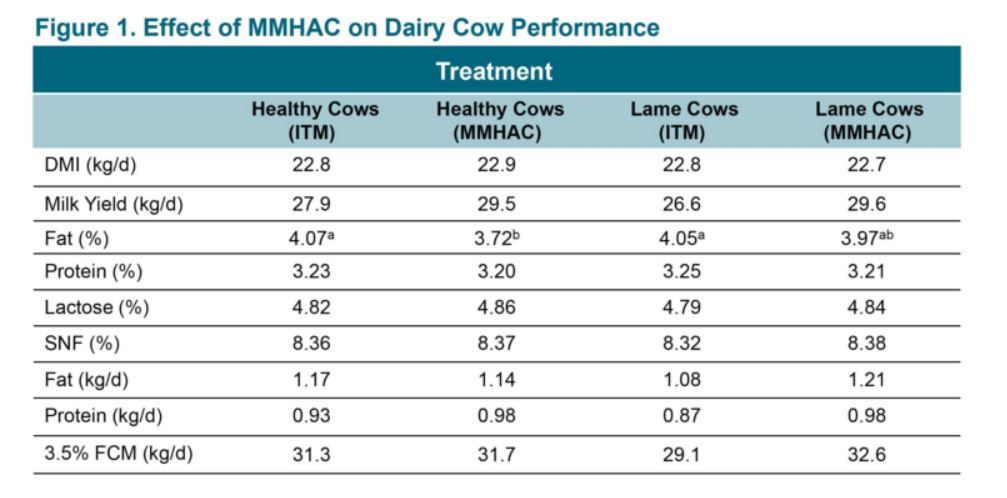



Research: Chelated Zn, Cu, Mn Improve Lameness in Dairy Cows
ANALYSIS - Not only is lameness a crucial welfare issue on modern dairies, incidence of lameness can result in serious economic losses to dairy producers, writes Heather Tucker, PhD, Research Scientist in Ruminant Nutrition at Novus International.Essential trace minerals like zinc, copper and manganese play an important role in protein synthesis, body metabolism, formation of connective tissue and immune system function in dairy cows.
Trace minerals are presented in many metalloenzymes (proteins which function as an enzyme), which are involved in the antioxidant process. The antioxidant process blocks progression of oxidative stress, or the buildup of free radicals in the body. For livestock, oxidative stress is a contributing factor in many diseases, including lameness in dairy cattle.
Lameness can result in serious economic losses due to decreases in milk yield and fertility, as well as increased treatment costs and culling rates. With these costs to the cow and farm, lameness has been identified as the third worst health problem in the dairy industry, following mastitis and infertility. In addition to changes in environment and management, nutrition, particularly trace minerals like copper, zinc and manganese may play a role in reducing the incidence of lameness.
Novus International conducted a study that was recently published in the Journal of Veterinary Science to evaluate the effects of metal methionine hydroxy analog chelate (MMHAC) Zn, Cu and Mn on measures of oxidative stress, immune responses and hoof health in lactating dairy cows:
- 48 dairy cows in early lactation
- Cows divided into 2 groups according to gait score: Healthy or Lame (score ≥
- Fed the same amount of Zn/Cu/Mn as sulfate salts or chelated forms for 180 days
- Vaccinated for foot and mouth disease (FMD) on day 90 of study
Results showed that mineral source and lameness status did not alter intake or milk yield. When antioxidant status was assessed, lame cows benefited from supplementing MMHAC minerals as their antioxidant status improved and was more similar to that of healthy cows. Furthermore, lame cows supplemented MMHAC tended to have harder hooves after 90 days of mineral supplementation and had significantly harder hooves after 180 days.

In fact, after 180 days of supplementation, hoof hardness of lame cows fed MMHAC was greater than healthy cows fed sulfate salts. Cows fed MMHAC also had lower levels of arthritic biomarkers than cows fed sulfate salts. Finally, cows fed MMHAC had a greater immune response to FMD vaccine than cows fed a sulfate salt.
The study indicated that supplementation with MMHAC Zn/Cu/Mn could improve antioxidant status and immune responses, reduce arthritis biomarkers and increase hoof hardness in dairy cows.





